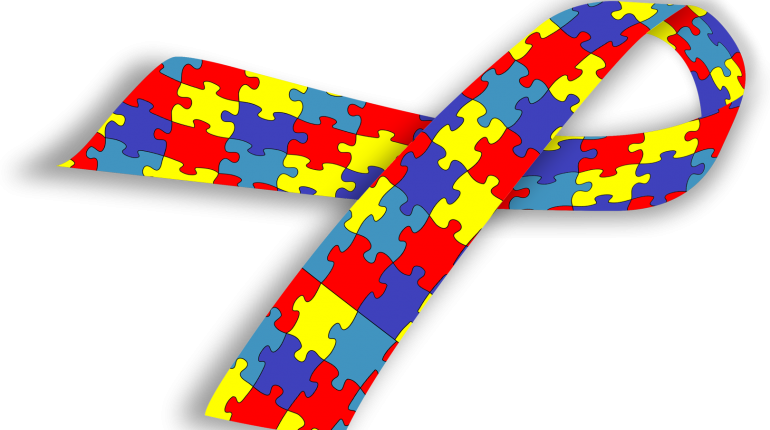
Please wait...

Please wait...
ADHD is a neurobehavioral disorder that affects 3-10 percent of American children. It interferes with the person’s ability to stay on a task and exercise age appropriate inhibition. The warning signs of ADHD include failure to listen to instructions, inability to organize, fidgeting with hands and feet, leaving work unfinished and have trouble paying attention to details. Some famous personalities which are thought to have ADHD include Albert Einstein, Thomas Edison and Beethoven.
There are several types of ADHD: a predominantly inattentive subtype, a predominately hyperactive –impulsive subtype and a combined subtype. ADHD is usually diagnosed in childhood; the condition can extend into adulthood.

Inattentive Subtype
Six or more symptoms of inattention for children up to age 16, or 5 or more for adolescents 17 and older and adults. Symptoms present for more than 6 months.
Is not good at details
Has difficulty sustaining attention
Frequently fails to listen carefully
Doesn’t follow through on tasks well
Is not good at organization
Dislikes sustained mental effort
Often loses things
Is easily distracted
Is often forgetful
Hyperactive Impulsive Subtype
Six or more symptoms for children up to age 16, or five or more for adolescents 17 and older. Symptoms present for at least 6 months.
Fidgets when seated
Cannot stay seated
Is restless and runs around excessively
Doesn’t like quiet activities
If often active and on the go
Talks excessively
Blurts out answers before questions are complete
Has difficulty awaiting turn Interrupts conversation and games

Autism or classical autism is the most common condition in a group of brain development disorders known as autism spectrum disorders (ASDs).
ASD is not a disease but developmental disorder, a condition in which there are disturbances in some stage of the child’s development. There is marked neurodevelopmental delay.
Autism is characterized by impaired social interaction, problems with verbal and nonverbal communication and unusual repetitive or severely limited activities or interest.
Currently, conservative prevalence estimates are: 13/10000 for autistic disorder,
21/10000 for pervasive developmental disorders not otherwise specified, 2.6/10000 for Asperger disorder, and 2/100000 for childhood disintegrative disorder. Latest data from CDC showed prevalence in USA at 1 in 68 children. (1 in 42 boys and 1 in 189 girls) More boys than girls are affected.
Red Flags for Autism
A baby starts life with about 100 billion brain cells. Between birth and the age of three, these cells connect with one another. Each time the child hears a new sound or feels a new sensation, a connection is made and reinforced. The connection used most often becomes permanent; those rarely used or never used gets lost.
If your child is showing any of the following signs, formal evaluation is essential
1.No smiles or warm expressions by six months or thereafter
2.No reciprocal sharing of sounds, smiles or other facial expressions by nine months
3.No babbling by twelve months
4.No gestures such as pointing, showing, reaching or waving by twelve months.
5.No two word meaningful phrases (without imitating or repeating) by twenty four months.
6.Any loss of speech or babbling, or social skills, at any age.
7.Repetitive movements with objects e.g. making the same movement with the same toy.
8.Lack of eye contact.
9.Lack of response to name e.g. child does not look at you in any way when you call his name.
If you child has any of these signs, it does not necessarily mean that he/she has autism. But they are reasons for concern and for further professional evaluation.
Possible triggers
There is good evidence that autism is a multifactorial disorder; however there is still no clear understanding of the genetic and non-genetic causes.
The incidence of autism has been rising and part of it may be due to better ascertainment and a broadening of the diagnostic concept. We cannot exclude that there is also some degree of true rise.
Susceptibility gene: the rate of ASD in the siblings of individuals with autism is about 6% compared to 0.5% in the general population. (Rutter 2005)
Chromosomal anomalies: there is no clear culprit chromosome found. Most of the evidence comes from isolated case reports. 2-3% of ASD show the fragile X chromosomal abnormality. The other chromosomal anomaly associated concerns the maternal transmitted interstitial duplications of chromosome 15. (Folstein and Rosen_Sheidley 2001)
Prenatal influences:
Intra-uterine infections and toxins: various possible maternal circumstances that could affect the fetus include hypothyroidism, thalidomide use, valproic acid use cocaine or alcohol abuse and congenital cytomegalovirus infection.
Congenital rubella (Chess el al 1971; Chess 1977)
Postnatal risk influences:
Herpes virus with case report of herpes encephalitis causing autism (Gillberg 1986; Ghaziuddin et al 1992)
Gluten, casein, sugars, starches, phenolics, salicylates and oxalates
Yeast/ Candida in flora food and environment
Bacteria such as clostridia
PANDAS
Parasites: amoeba and pin worms which cause dysbiosis
Mercury, lead and other heavy metals
Pesticides
Chemicals
Streptokinase
Organophosphate
Immune disorder